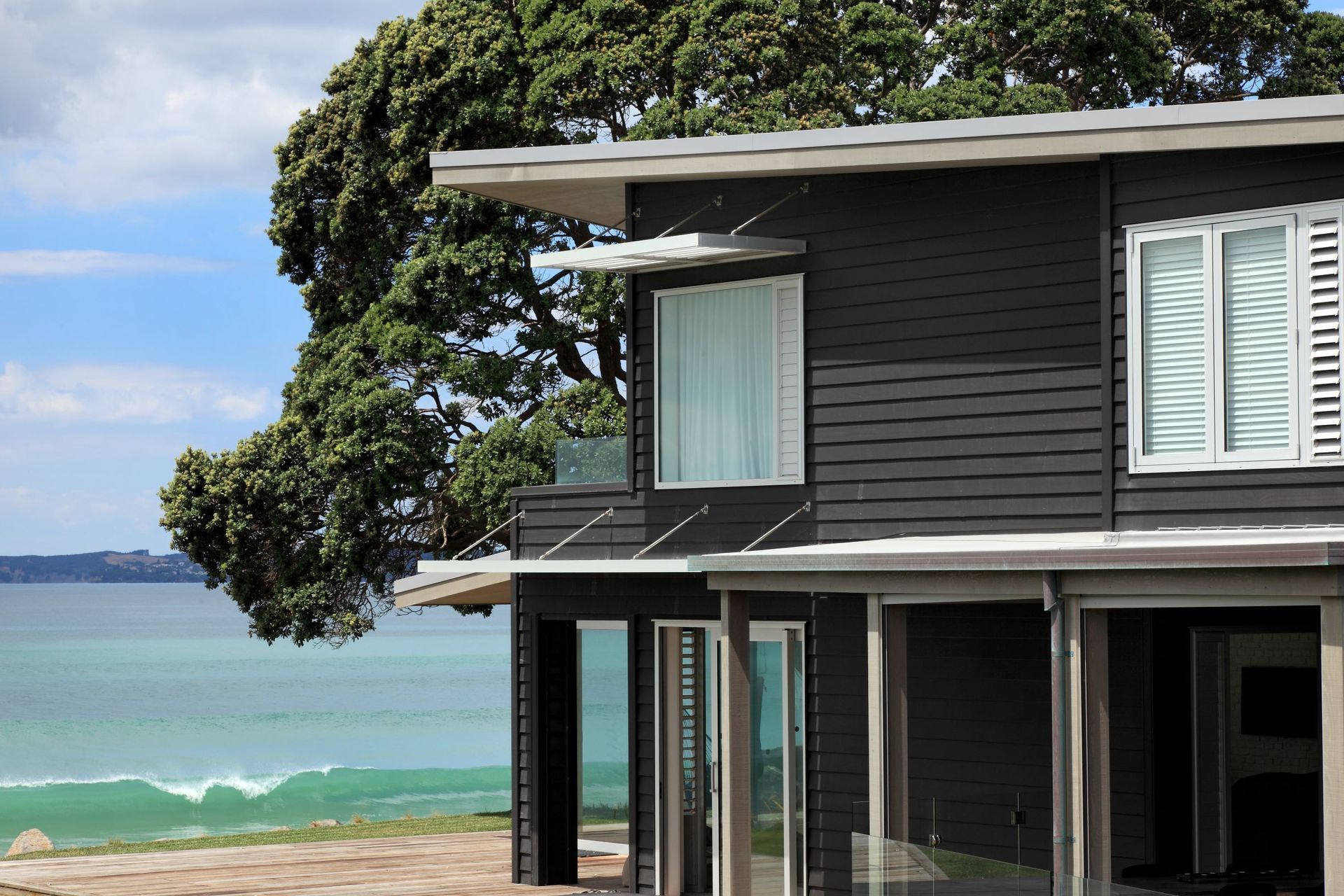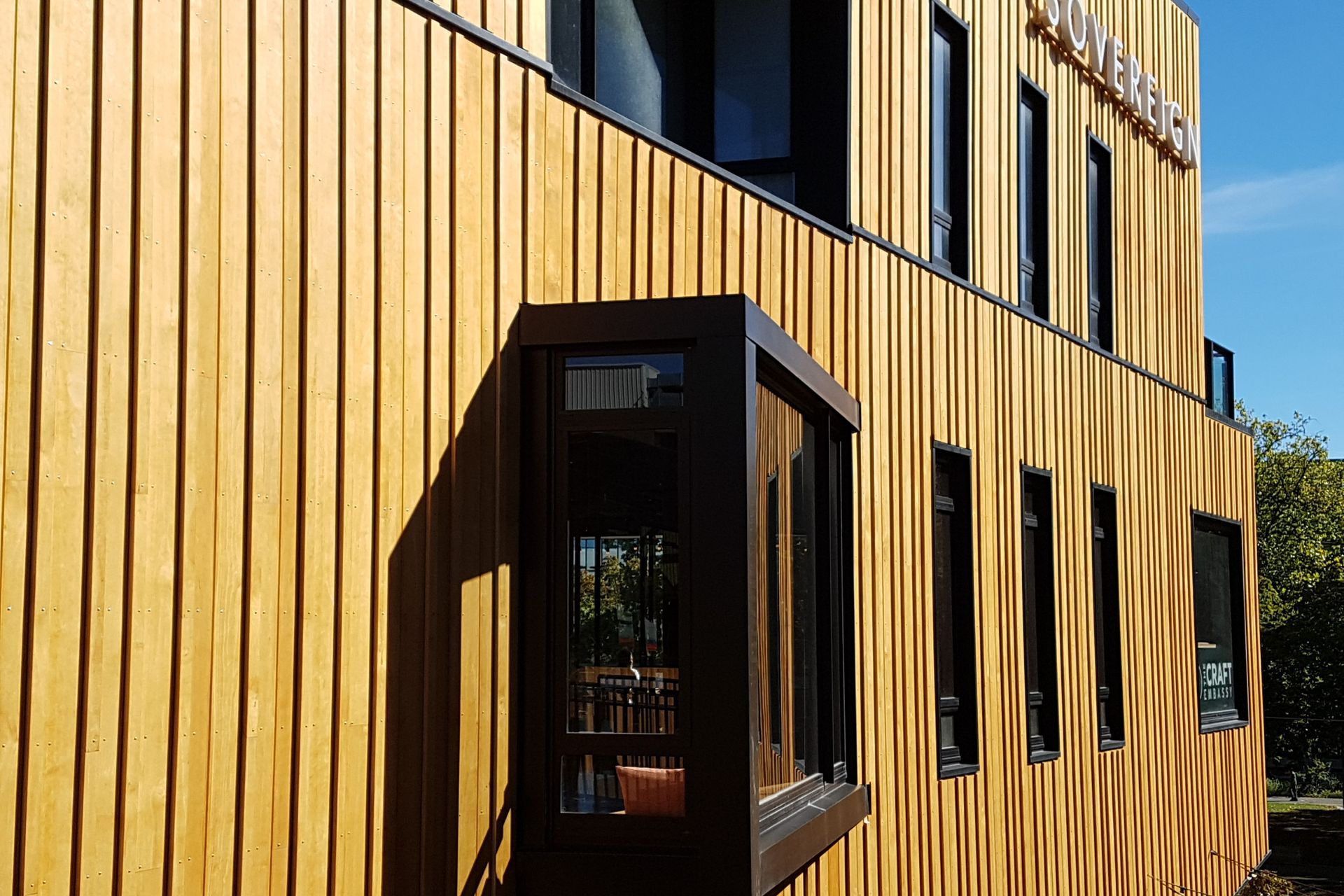The chemical-free alternative to treated timber
Written by
24 July 2019
•
3 min read

Most fast growing softwood timber such as Radiata Pine requires a preservative treatment to remain durable. The most commonly used treatment in NZ is CCA, which is a copper, chromium and arsenic combination - a toxic concoction of chemicals that preserves the timber. However, there are natural alternatives available and one in particular outperforms most others in terms of durability and stability. We spoke to ITI Timspec about this contemporary, chemical-free timber that has its origins in New Zealand.
Developed as a natural alternative to treated timber, Accoya is a modified radiata pine. Yet instead of behaving and performing the way traditionally treated pine does, it outlasts and outperforms even most hardwoods - without the use of toxic chemicals.
That’s because the modification process uses a natural alchemy - known as acetylation - that changes the very makeup of the timber, turning fast-growing sustainably-managed radiata pine into a timber with the properties of slow-growing hardwoods.
The modified pine becomes Accoya, a timber profile that requires no further treatment, paint or stain and comes with a 50-year warranty against rot, decay and adverse movement for above-ground uses such as cladding, decking and as a structural material. For below-ground uses, Accoya comes with a 25-year warranty.
“The modification process alters the cell structure of the pine,” ITI Timspec’s Jonathan Rugg says. “This turns the hydroxyl cells in pine into acetyl group cells; a change that gives the timber incredibly durable and strong properties it didn’t have in its original state.
“It’s in this process where the need for traditional treatments is removed. Ordinarily, pine and other softwoods require treatment with chemicals including copper, chromium and arsenic (CCA) - a toxic combination of chemicals used to prevent rot and decay over time. Our modification removes this need, turning pine into a product that outperforms traditionally treated timbers and hardwoods.”
The use of CCA has been banned or restricted in various countries around the world, including Europe and the United States, but it is still a commonly used treatment in New Zealand, despite the known health hazards.
During the modification process, pine is essentially pickled in acetic anhydride (a highly concentrated vinegar) and hydroxyl compounds are removed and replaced with naturally occurring acetyl group cells.
“This makes Accoya three times more stable and durable than conventional timber, and much safer, both for the people processing it and those handling and installing it.”
In the UK, the Timber Research and Development Association found Accoya had a minimal service life of 70 years when used above ground. “Accoya has quickly grown in popularity, and its sales continue to soar in New Zealand, because of its renewable nature and ultimate durability and stability,” Jonathan says. “Accoya will outperform cedar, teak and many other hardwoods and chemically-treated softwoods.
“It’s also become incredibly popular because of the longevity of the warranties it comes with for above-ground uses. With the increase in desire for dark-coloured cladding and decking, Accoya is the ideal product as the 50-year warranty remains valid if it is stained or painted in dark colours.”
Interestingly, due to its innate strength following modification, Accoya can be left uncoated and still retain its original integrity - for decades. “It can simply be left to weather naturally and will silver off over time but won’t lose its strength or durability.
“This means it requires no maintenance other than for aesthetic purposes - another unique feature of Accoya.”
Make sure you visit ITI Timspec on ArchiPro here to see what you could achieve with Accoya in your next project.


